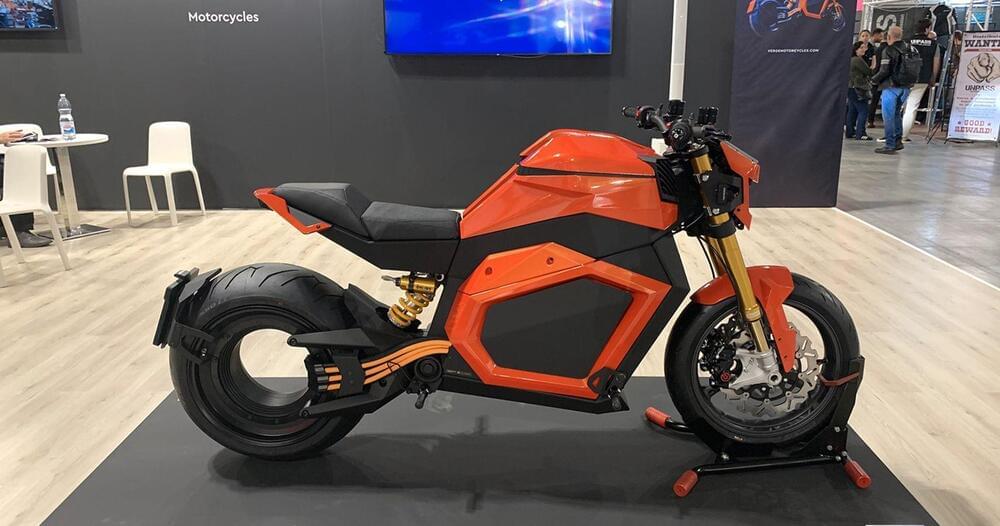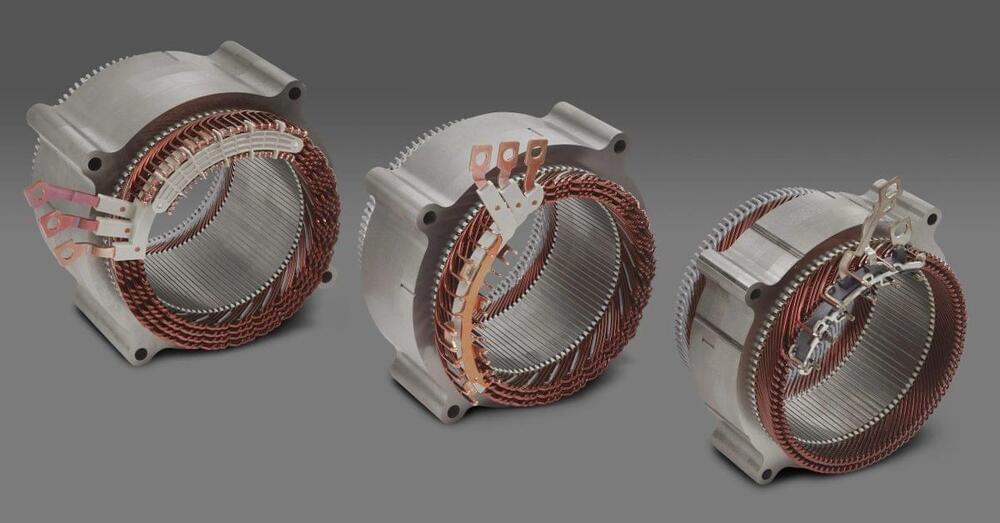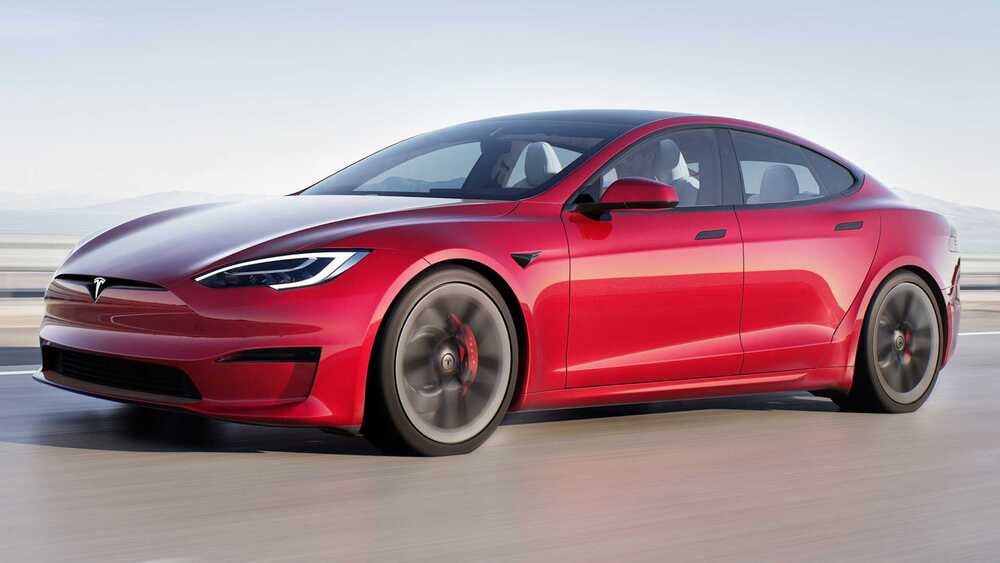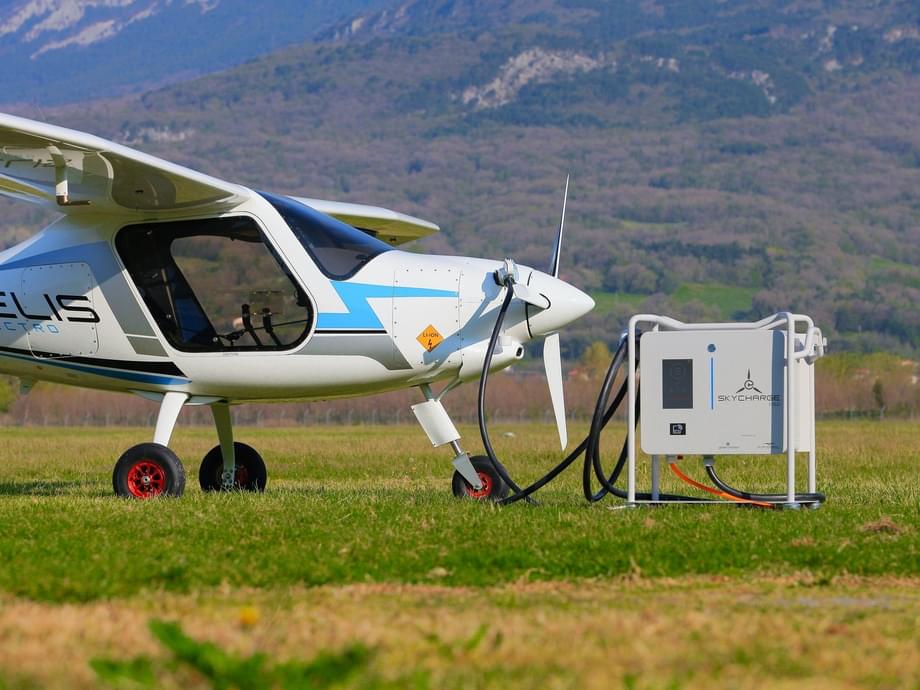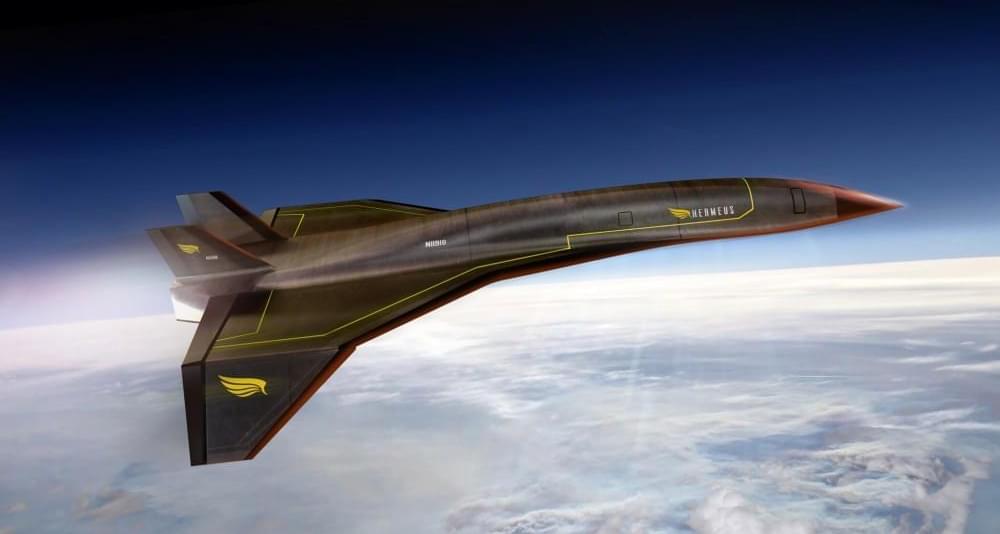UK startup Fering is gearing up to build electric vehicles for cross-continental explorers. It’s starting out with the Pioneer, a go-anywhere brick outhouse of a thing designed for monster range figures under the most extreme circumstances on Earth.
Cybertrucks may be all well and good for your average camping trip, but they’re not designed for the kinds of extreme treatment the Pioneer wants to take on as a low-emissions alternative for explorers, adventurers and emergency services teams.
For starters, the lithium-ion batteries found in most EVs can’t handle extreme temperatures, so instead Fering has gone with a lithium-titanate-oxide (LTO) battery pack. These have advantages and drawbacks; they’re renowned for extremely long life cycles, they can charge quickly and they work from-40 to 60 °C (−40 °F to +160 °F), so they can handle just about anything shy of an Antarctic winter.

